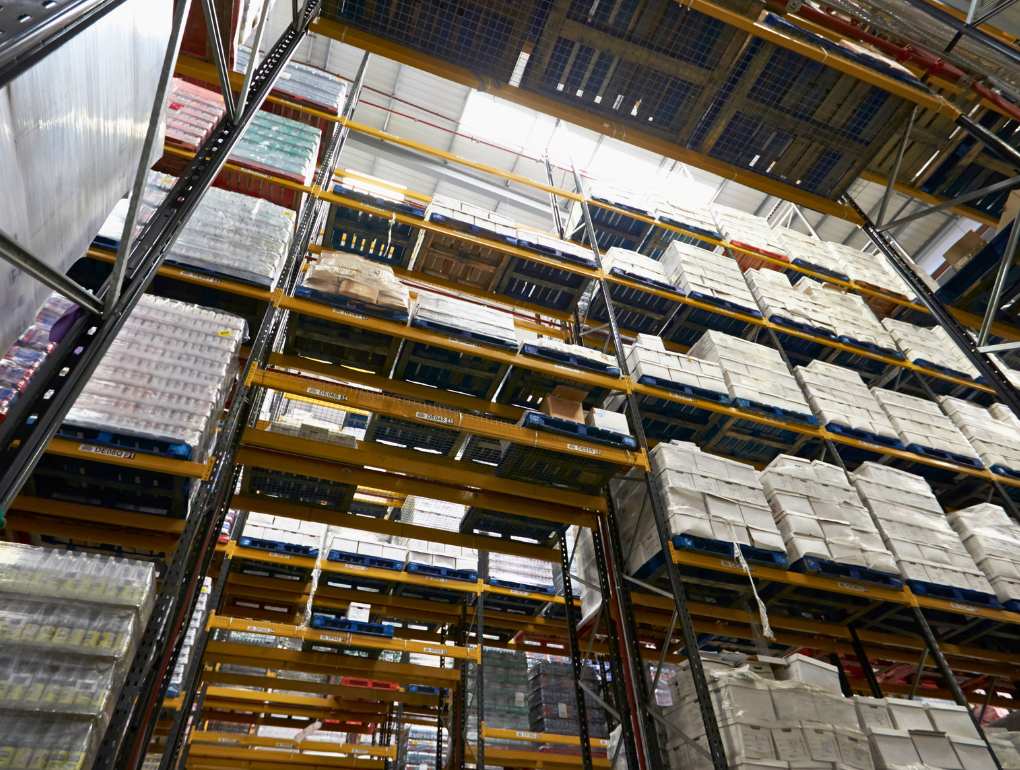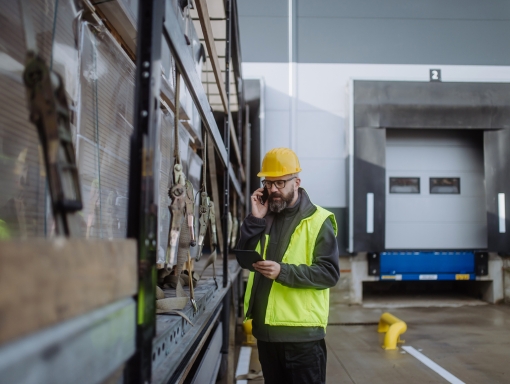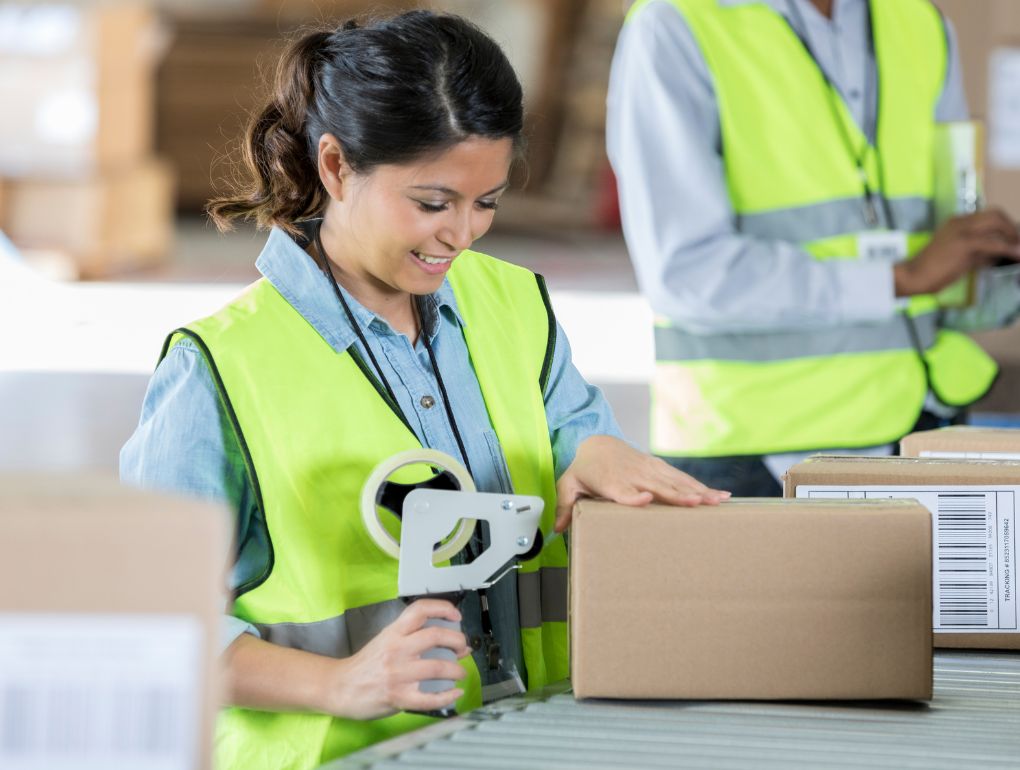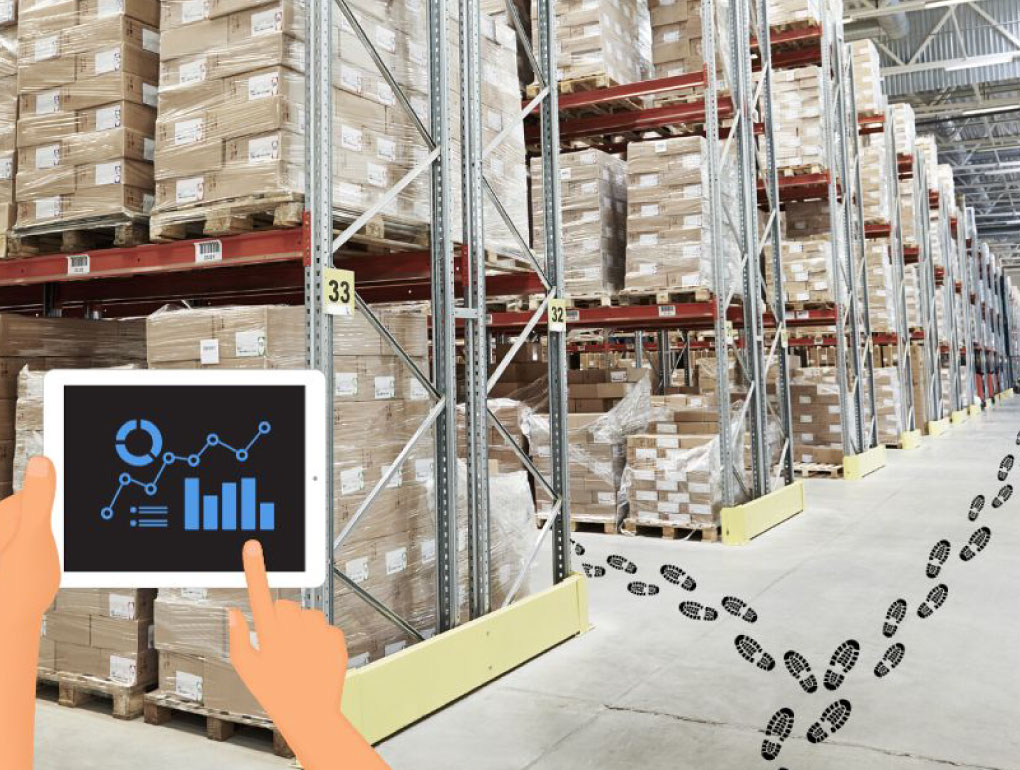Limited space in your warehouse or distribution center (DC) is one of the leading challenges you face in the supply chain. A warehouse will generally run out of room due to rapid growth, seasonal peaks, large discount buying, planned inventory builds for manufacturing shutdowns, facility consolidation, or even a slow sale period.
So, what happens when a distribution center starts running out of space?
When your facility starts to run out of space, the biggest problem is congestion. Congestion causes extra work. Think of a two-car garage. If both vehicles are in the garage, there typically is not additional space for a lawnmower, snow blowers, or yard tools. One of the vehicles would have to be removed for other items to fit. The same thing happens in a distribution center. If it is jammed packed with equipment and product, inventory would constantly have to be shuffled around, adding more labor and taking up valuable time.
Why do distribution centers run out of space?
There are many reasons why you may need to maximize your warehouse space. While some may be good (needing a bigger space to keep up with a growing business), others involve issues related to inventory problems:
- Purchasing overbuys product: Sometimes you get a great deal on something and buy extra product, but where will you put this excess inventory?
- Obsolete inventory: aka dead inventory. This inventory does not move and has been sitting for several months. If there is dust on the inventory, it has been sitting there for far too long.
How do we optimize our existing warehouse?
Realizing that you need warehouse optimization is only half the battle. The next (and more important) stage of the warehouse optimization process includes steps you take to make that change a reality.
Here are 6 actions you can take to maximize your existing warehouse space:
- Maximize cube space: Take advantage of the vertical space that is available. Typically, new buildings have ESFR, a fire suppression sprinkler system. Inventory can be stored within 18 inches of that area.
- Reduce aisle width in the racking area: An aisle can range from 10ft to 12ft but can be reduced anywhere between 5ft to 8ft. Meaning, 15% to 20% of the area can be saved.
- Leverage your WMS (warehouse management system): Leveraging your WMS for directed put away will help eliminate putting the pallet wherever you want. Directed put-away knows what locations are the best suited for each pallet. It tells the worker where to put the pallet instead of letting the worker put it in the most convenient location.
- Store product in trailers for short-term, seasonal needs: Storing product in trailers is a great short-term solution for storage needs. Many warehouses will bring in extra trailers and pay the demurrage charge for temporary storage without a building expansion. This is frequent for seasonal products, especially among retailers.
- Invest in robotic technology: Investing in autonomous mobile robot solutions can help optimize internal transportation of payloads or pallets up to 2,200 lbs. Utilizing the base module of an AMR as a foundation, the design of the top module can be customized to meet the unique needs of any customer.
- Utilize flexible material handling solutions: Leveraging portable material handling equipment enables you to create ‘pop-up’ operations when you experience unexpected surges or high demands during peak season.
Leverage third-party expertise to get the most out of your space!
There is no one correct answer to warehouse space issues. The answer is usually a mixture of several things. After creating the ideal location for the product, a program must be put in place to review and adjust the storage plan on a regular basis.
At Hy-Tek, we combine the power of creative design with a strategic selection of equipment manufacturers to create best-in-class fulfillment and distribution solutions. Reach out to our experts today to receive a third-party perspective on getting the most out of your distribution center.






